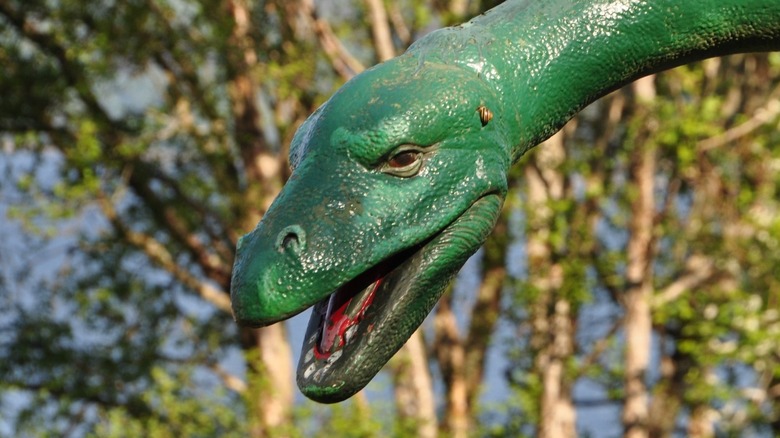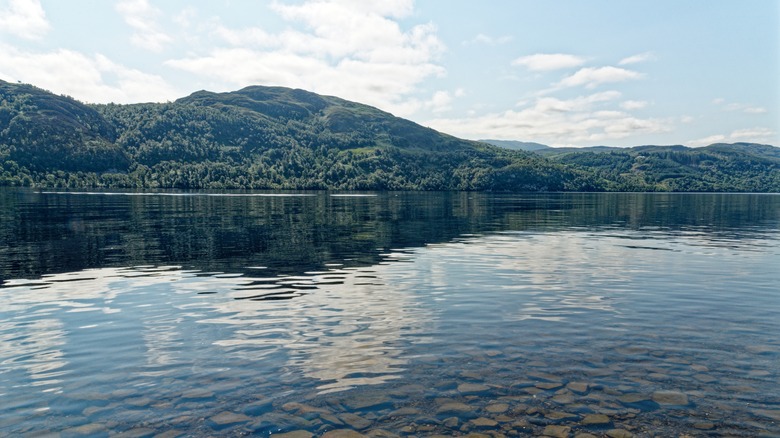Research Suggests Loch Ness Monster 'Plausible' With One Big Caveat
Researchers from the University of Bath, headed by Georgina Bunker, have found evidence that ancient plesiosaurs, previously thought to be marine animals, may have also evolved to live in freshwater. The study was published in the journal Crustaceous Research and details the discovery of plesiosaur fossils in the Kem Kem river of Africa. These include some bones and teeth of about a dozen plesiosaurs living in the freshwater. Another researcher on the project, Nick Longrich, suggested that plesiosaurs could have adapted to freshwater over time similar to river dolphins.
Small plesiosaurs lived in the rivers of the mid-Cretaceous Kem Kem group of Morocco. They were part of a freshwater fauna that included frogs, salamanders, lungfish, turtles, crocodilians – and the giant aquatic dinosaur Spinosaurus. https://t.co/zIHxJOrvf7 pic.twitter.com/hi6QCeyFiu
— Nick Longrich (@NickLongrich) July 26, 2022
But what's this all got to do with Nessie?
The plesiosaur is the creature typically believed to be the most likely match for one of the most famous cryptids in human history: The Loch Ness Monster, or "Nessie," of Loch Ness Lake in Scotland. Previously, the notion that there may be a plesiosaur in the lake was relatively easily debunked by the fact that no evidence has been found of a plesiosaur having lived in any other body of freshwater, throughout the whole of known history.
But now, as suggested by a press release from the University of Bath, this new research makes Nessie's story just a bit more "plausible." Mythical creature hunters and Nessie believers have one more point of reference for their list of reasons why a plesiosaur could be living in Loch Ness. There's just one relatively major problem with this line of thinking.
The plesiosaurs died out long ago
Plesiosaurs are ancient creatures, last known to have existed alongside dinosaurs. The consensus, according to fossil records, is that the last plesiosaurs died out around 66 million years ago.
There is still hope that this creature could have been living in secret, avoiding humans for millions of years — but changes are effectively null. Some extinct creatures have been known to effectively come back to life after they've been considered completely extinct by humans. Creatures discovered in this manner are classified as Lazarus taxa: animals who were previously thought extinct, who eventually showed up later on in the fossil record, or still exist today (via National Geographic).
So, whether or not you want to believe is up to you. This isn't the first time terrifying sea creatures have been discovered to have been capable of living in freshwater after having been classified as limited to saltwater. The possibility that ancient beasts have survived millions of years past their expiration date might not be any more realistic, but the closer we get to the full story of how life on our planet evolved and lived, the better — even if we lose a few tall tales and mythic monsters along the way.

